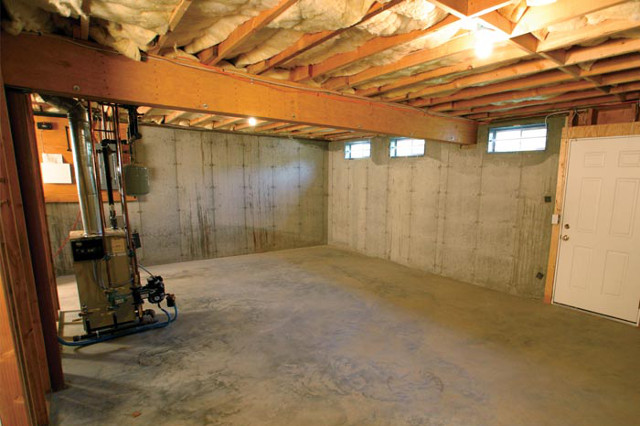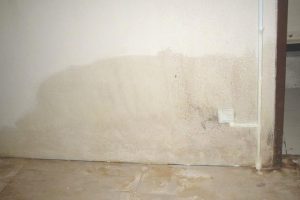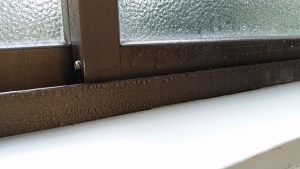The basement of any property is particularly susceptible to damp because it’s usually below ground level where there is more moisture soaked into the earth around it. When this earth becomes saturated the water looks for other areas to penetrate, which could be your wall if it’s in the right place.
A damp basement might not seem like much of a problem since most people only use their basement for storage and not to live in. However, the basement also provides the foundation on which the house relies upon for its structure. If the basement becomes infected with damp it can cause structural issues.
There are many advantages to basement waterproofing such as you can use the basement as a living space which will significantly increase the value of your property. Best of all, it’s not that expensive to install basement taking and it’s a task that you can complete by yourself as a DIY job.
Once your basement has been completely waterproofed it will prevent any damp from entering for a long time, providing it’s done properly. Effectively you can turn your basement into a large tank and no water would escape once it’s waterproofed. Obviously this course of action is not advised.
Why waterproof the basement?
By properly sealing the basement, it becomes a fully usable room of your house. You could turn it into any room you want, the only limit is your imagination.
Cementitious Waterproofing Slurry
This method of installing basement waterproofing involves adding a thin layer of waterproof cement to the floor, walls and ceiling of the basement. The solution is mixed with water and can be applied either by spray or trowel. It will bond with the masonry substrate which will set to create a completely waterproof layer that will last for a long time.
Studded Membranes
These types of damp proofing are ideal for older buildings whereby the underlying substrate is not as reliable or could become unstable. The waterproof membrane is attached to the walls with special sealed fixing plugs. There is normally no need to install the membrane on the floor.
The Best Solution
Often the best solution to create a completely waterproof basement is to use a combination of different membranes. For example, the cementitious waterproofing slurries could be applied to the walls and floors whilst the studded membranes would be added to the ceiling where it’s not as practical to apply the cement mixture.
However you choose the way to handle your basement. Just make sure you apply everything properly and avoid rushing the job for a quick finish. Adding the waterproof membranes is a fairly easy do it yourself task. However, if you are unsure about anything it’s always best to consult an expert, even if it’s just for advice.


